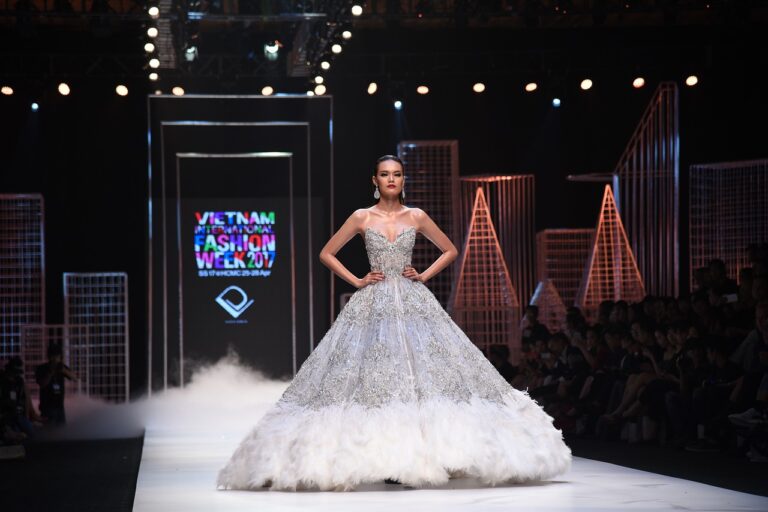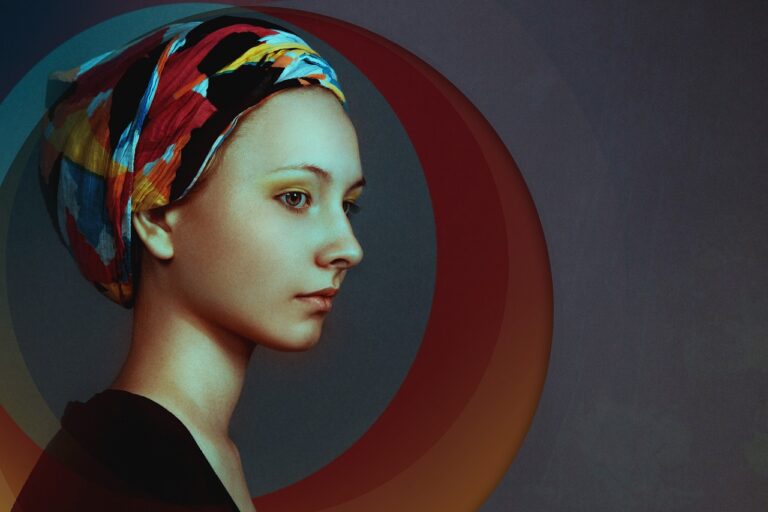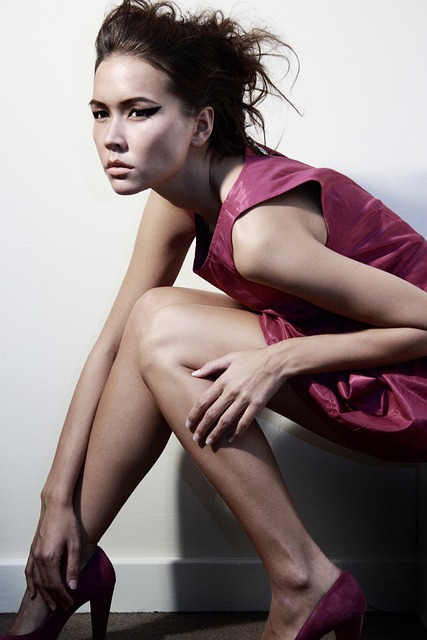The Influence of Retro Futurism on Fashion Design
Retro Futurism emerged in the early 20th century as a response to the rapid technological advancements and social changes happening around the world. Influenced by science fiction and the idea of a utopian future, artists and designers started imagining what the future would look like through a nostalgic lens. This movement gained popularity particularly in the 1920s and 1930s, as people sought escapism from the harsh realities of the present.
The concept of Retro Futurism continued to evolve over the decades, adapting to the changing cultural landscape. The style was often characterized by sleek lines, geometric shapes, and bright colors, reflecting the optimism and faith in progress that defined the mid-20th century. Retro Futurism not only influenced the design of objects and architecture but also extended to fashion, film, and literature, leaving a lasting impact on popular culture.
Key Characteristics of Retro Futurism in Fashion Design
One of the key characteristics of retro futurism in fashion design is the incorporation of futuristic elements with a nostalgic touch. This unique blend often involves sleek metallic materials, bold geometric shapes, and unconventional silhouettes that pay homage to past visions of the future. Designers frequently draw inspiration from retro sci-fi movies, space exploration, and technological advancements to create garments that are both innovative and reminiscent of a bygone era.
Another defining feature of retro futurism in fashion design is the use of vibrant colors and unconventional patterns. Neon hues, metallic finishes, and geometric prints are commonly employed to convey a sense of otherworldly aesthetic. These bold design choices help to create a futuristic look that is visually striking and pushes the boundaries of traditional fashion norms. By playing with color and pattern in unexpected ways, retro futurism designers are able to transport wearers to a fantastical world where the possibilities are endless.
Influential Retro Futurism Designers
An iconic figure in the realm of retro-futurism design is Syd Mead. Known for his visionary work in science fiction films such as “Blade Runner” and “Tron,” Mead’s futuristic aesthetic laid the groundwork for many aspects of modern science fiction design. His ability to blend sleek, futuristic elements with a sense of nostalgia has solidified his place as a pioneer in the genre. Mead’s influence extends beyond the silver screen, with his designs inspiring countless creators in the worlds of fashion, architecture, and transportation.
Another luminary in the field of retro-futurism design is Pierre Cardin. Renowned for his avant-garde and space-age designs, Cardin’s bold vision pushed the boundaries of traditional fashion. With a penchant for geometric shapes, metallic fabrics, and unconventional silhouettes, Cardin’s work reflected a truly futuristic sensibility. His impact on the fashion world continues to be felt today, as designers draw inspiration from his boundary-pushing creations.
Syd Mead is known for his visionary work in science fiction films such as “Blade Runner” and “Tron”
Mead’s futuristic aesthetic blends sleek, futuristic elements with a sense of nostalgia
His designs have inspired creators in fashion, architecture, and transportation
Pierre Cardin is renowned for his avant-garde and space-age designs
Cardin’s bold vision pushed the boundaries of traditional fashion with geometric shapes, metallic fabrics, and unconventional silhouettes
Designers continue to draw inspiration from Cardin’s boundary-pushing creations
What is Retro Futurism?
Retro Futurism is a design movement that combines elements of futuristic ideas from the past with modern aesthetics.
Who are some influential Retro Futurism designers?
Some influential Retro Futurism designers include Syd Mead, Luigi Colani, and Pierre Cardin.
What are some key characteristics of Retro Futurism in fashion design?
Key characteristics of Retro Futurism in fashion design include sleek lines, metallic fabrics, futuristic silhouettes, and bold colors.
How has Retro Futurism influenced modern design?
Retro Futurism has influenced modern design by inspiring designers to think outside the box and incorporate futuristic elements into their work.
Is Retro Futurism only limited to fashion design?
No, Retro Futurism can be seen in various design disciplines such as architecture, interior design, product design, and graphic design.







